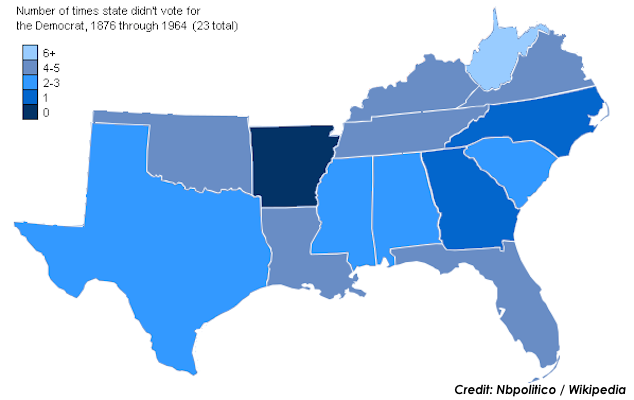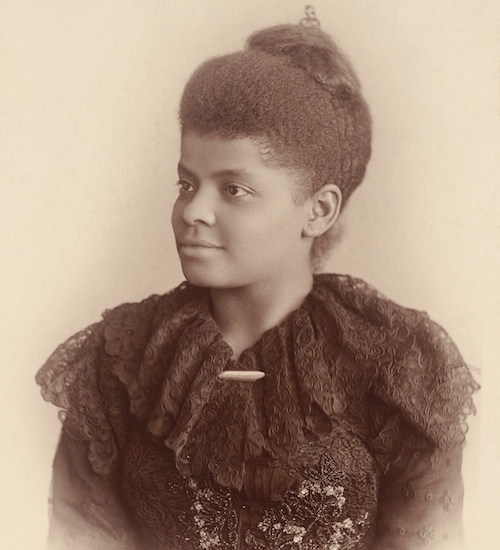There was a period about a century ago (give or take a couple decades on either side) when democratic socialism was taking root in some of the rural, populist regions of the United States. Government by and for the people was the counterweight to corporate rule.
The fact that we now once again have op-eds in major newspapers in conservative states explaining to people why “socialism” isn’t necessarily an extreme word to be feared suggests a major sea change is afoot:
We often get too hung up over political labels and then reflexively dismiss the person. Sanders calls himself a “democratic socialist,” but what he stands for is actually more mainstream than people realize.
He wants to expand Social Security, invest massively to repair America’s crumbling infrastructure, provide Medicare for all, make public college tuition free, break up banks that are too big to fail, and combat climate change, among other things.
If you follow the figures, large percentages of Americans agree with many of these positions.
In his words: “To me, socialism doesn’t mean state ownership of everything, by any means, it means creating a nation, and a world, in which all human beings have a decent standard of living.
“I think (democratic socialism),” he has said “means the government has got to play a very important role in making sure that as a right of citizenship all of our people have health care; that as a right, all of our kids, regardless of income, have quality child care, are able to go to college without going deeply into debt; that it means we do not allow large corporations and moneyed interests to destroy our environment; that we create a government in which it is not dominated by big money interest. I mean, to me, it means democracy, frankly. That’s all it means.”
I’m not saying this means everyone in the American heartland is about to run out and vote socialist (or even for Sanders necessarily) but let’s hope it does signify that the Reagan Revolution cycle in American politics is coming to a close. We need to end the great lie that portrayed government as the enemy, while corporations were supposedly by and for the people against it.





